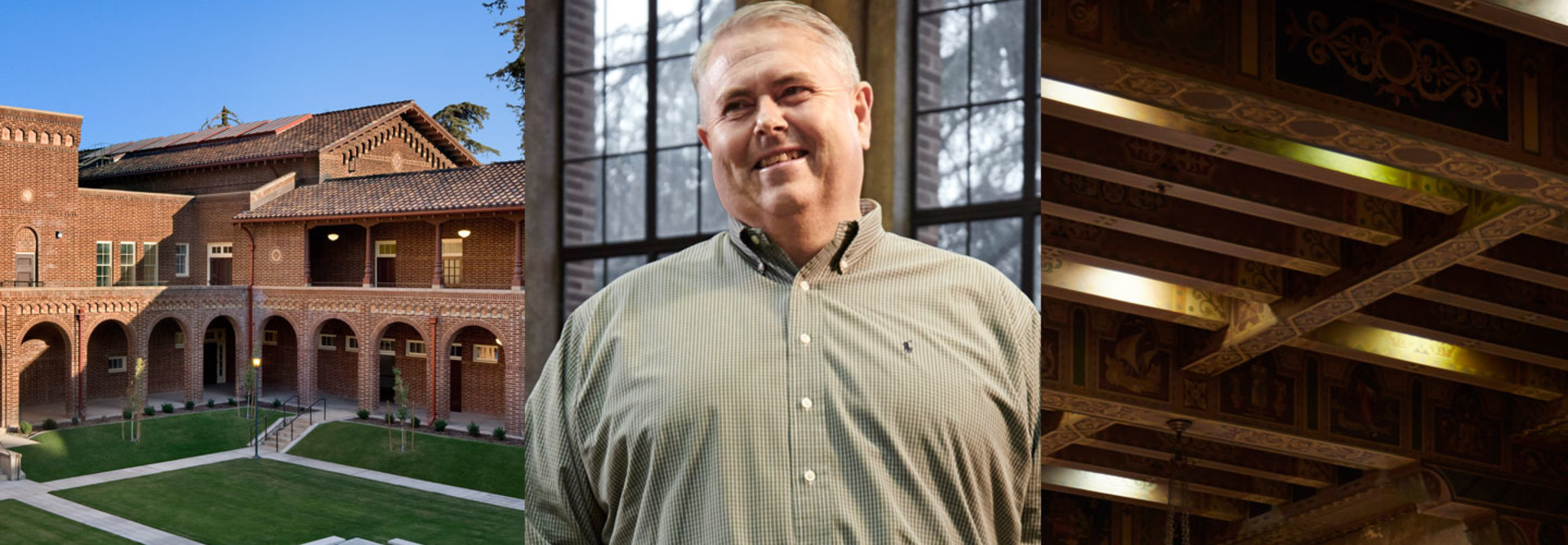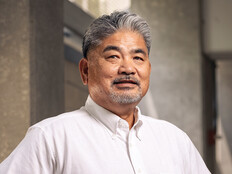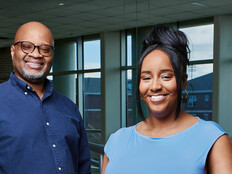Historic Campuses Build Out Modern Infrastructure
When Fresno City College was founded in 1910, the institution became the country’s second community college and the first in California. Today, it offers all of the charm and spectacular architecture one might expect to find. Original buildings left on campus — the Old Administration Building and parts of the library — boast entries on the Federal List of Historical Buildings.
Those sites and other campus buildings have proved challenging when it comes to installing technology.
“The old administration building is around 100 years old and was made out of unreinforced masonry,” says Harry Zahlis, Fresno City College’s interim director of technology. “Because of some of the laws passed in the 1970s related to seismic issues, we had to close that building. It sat idle for 30 years. The only way we could take advantage of that 100,000 square feet was to bring it up to seismic code.”
Renovations began in 2010, and included the addition of steel and reinforcements to bring the building up to code. Some walls are now three to four feet thick. Such unique construction doesn’t offer a lot of wired data runs onsite.
“Our only option was to look to wireless,” Zahlis says. The college had wireless installed prior to 2010 in other campus buildings using a controller-based solution. Controllerless technology from Aerohive allowed the IT team to install wireless access points in low-profile locations, without detracting from the beauty of the building, he says.
“We ended up putting an AP in every classroom, and it’s working out well. The best part is that we have been able to maintain the integrity of the classrooms, and everything looks just like it did a century ago,” he says.
The controllerless option also reduced the cost and complexity.
Weighing Form Versus Function for Campus Networks
Stephen G. Landry, CIO at Seton Hall University in South Orange, N.J., faced similar obstacles when he and his team looked to install a wireless network within the institution’s renowned Presidents Hall, built in 1867.
Percentage of students who have at least two Internet-capable devices; 64 percent have at least three
SOURCE: EDUCAUSE Center for Analysis and Research, “ECAR Study of Undergraduate Students and Information Technology, 2015,” December 2015
“It has historic architectural features that presented a challenge for our networking and facilities teams, including pressed tin ceilings that we did not want to drill through for wiring and hanging wireless APs,” Landry says. “We knew we had to balance functionality and aesthetics.”
The planning itself took the better part of a year, but the success of the implementation was due in large part to facilities and IT working together to come up with the most practical solutions. For example, the team looked for smaller APs because they ultimately required hardware that was no larger than three or four inches wide.
“We had a number of concerns,” Landry says. “The APs had to be fairly tiny. We needed to be able to paint them, and we had to find a way to disable the small light that most wireless access points have to show that they are on. We didn’t want anything to detract from the aesthetics of the room.”
Chartered in 1693 and built in the early 1700s, the College of William and Mary in historic Williamsburg, Va., is the country’s second-oldest university. IT teams there encountered similar challenges as they worked to bring wireless to every building on campus, Network Manager Scott Fenstermacher says.
“On the older campus, we didn’t want any of the APs to be seen at all,” he says. “Our historic area has the added challenge that not only do they not want to see the wireless access points, but they don’t want to see wiring either. It had to look just like it did in the days when [Thomas] Jefferson was here.”
That meant that wireless — and wired — connectivity came into play as other projects were planned.
Inside the Tech Supporting One of the Country's Oldest Colleges
Any time any other type of renovation was performed — and while the walls were open — wiring was pulled. Fenstermacher says all kinds of pockets and hidden areas were utilized to keep equipment secluded. While the tactic proved a good aesthetic solution, it didn’t always provide the best wireless coverage, Fenstermacher says.
“Any place we could find someplace that didn’t show, where we could hide something, that’s where it would go,” he says. APs could be placed in a closed podium or behind a decorative element, for instance. And some buildings hold more wired APs than wireless, he says. Combined, the college installed about 1,500 wired and wireless APs supporting 802.11b, g and a protocols.
Despite the laundry list of implementation restrictions, in the early 2000s William and Mary secured a spot on Intel’s Top 50 list of Most Unwired Campuses.
Back at Seton Hall, Landry concurs that a smart combination of wired and wireless connectivity made all the difference in successful, widespread coverage.
“The main thing is when the infrastructure is there — fiber between floors — the wireless electronics are easy to upgrade,” he says.
The unified wired/WLAN strategy also is suggested in a recent report from Gartner, Critical Capabilities for Wired and Wireless LAN Access Infrastructure. Benefits include improved provisioning and management, reduced operating expenses, improved onboarding, faster provisioning and more consistent policy enforcement.
In the end, when IT can host a beautiful and robust network offering, everyone wins, Fresno City College’s Zahlis says.
“We’ve been able to maintain the integrity of the buildings and provide upgraded connectivity to our students. We’re not quite at ubiquitous coverage yet, but that’s our goal.”









